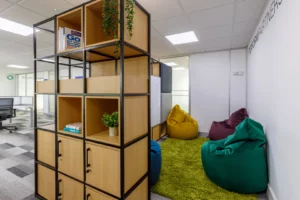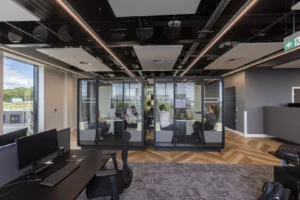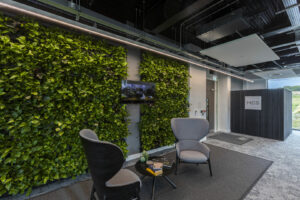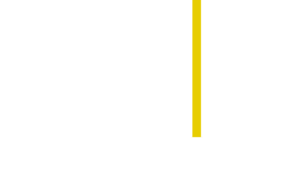The phrase ‘return to work’ will no doubt bring mixed emotions to remote workers throughout the UK. On one hand, not having to work on a kitchen countertop will be a welcome relief. However, the thought of integrating into a corporate workplace environment again may be daunting for some.
As a business owner or managing director, it is important to realise the steps to take to encourage staff back into work. Focusing on two core principles – environment and culture.
By upgrading your workspace with a future focused design, together with an enhanced culture, your staff will make the transition from remote working much better.
Back to the workplace – changing routines, culture and environment
2020 brought about many changes to the way of working, due to the lockdown. Daily commuting, in-person meetings, and coffee breaks were soon replaced with working from home.
The mass adoption of remote working was, and workers soon embraced this new change, with productivity levels soaring.
However, with businesses keen to bring staff back to the workplace, there is a need to rebuild these spaces, to emulate a homely habitat.
How to create a future focused workplace to help workers transition from remote life?
We believe creating spectacular workspaces revolves around four key factors:
– Sustainable design
– Wellbeing and human-centric designs
– Incorporate nature
– Smart designs and technology
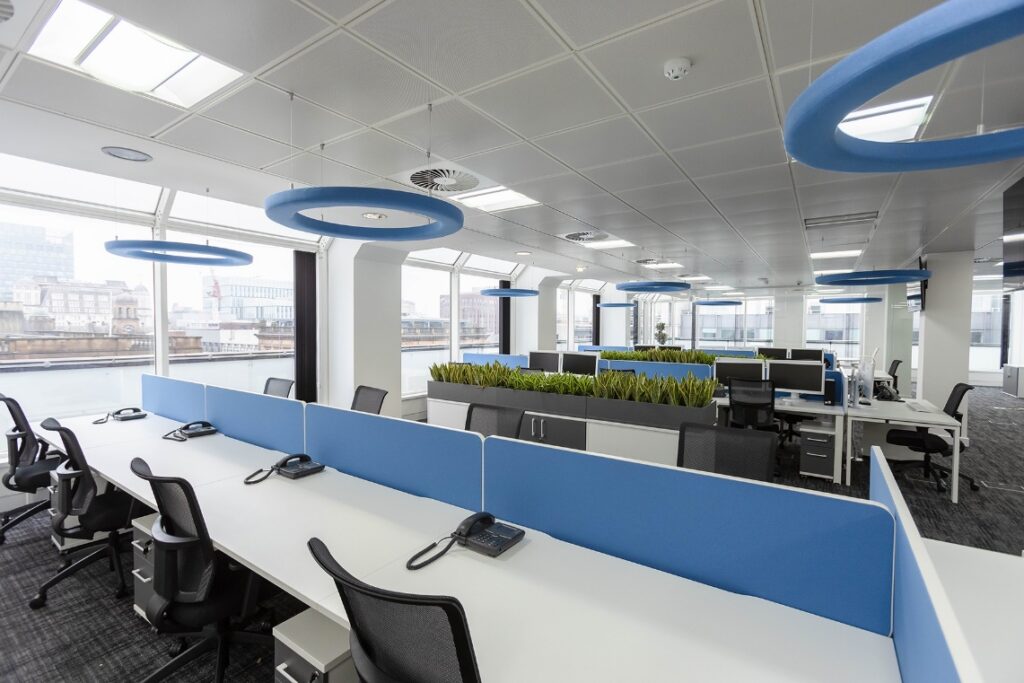
What is sustainable workplace design?
We are increasingly aware of our impact on the environment and the need to contribute to a more sustainable and eco-friendly future.
Sustainable co-working design involves utilising LED lighting, building with low-emission materials, re-purposing furniture, and using high-efficiency systems.
Certifications such as BREEAM or SKA are great for determining the sustainability of corporate and commercial buildings or an entire workspace.
How to design for creating optimal human-centric workplaces
Here at EDB, we like to use the term ‘resi-mercial’ design – incorporating residential design elements into the commercial environment.
After 18 months of home working, for employees to come back to sterile, clinical work environments isn’t appealing. They are used to their home comforts of comfortable furniture and privacy.
Businesses have to re-imagine their workspaces and ask themselves ‘does it inspire their teams?’ Many studies link positive workplace designs to more productive staff, so businesses must embrace re-designing their spaces as an investment rather than a cost.
Even before the pandemic, workplace trends featured flexible workspaces and pod-style layouts. If businesses had large open-plan layouts, the idea was to segment them into smaller, more purposeful areas such as modular furniture, break-out sections, and task-focused work zones.
The benefits of incorporating nature into office designs
Biophilia is all about humans’ connection to nature and our innate desire to be closer to it. Incorporating biophilic design into work interiors is about balancing technical innovation with creativity.
It is about designing workspaces by:
– using lots of green plants
– maximising natural light and airy spaces
– incorporate water into designs
– embracing natural textures and colours
Incorporating biophilic design into your workplace will bring many significant advantages. It will improve productivity and organisational culture; improve the mental well-being of your team and helps to reduce stress and anxiety; your staff will be happier and healthier; improve the air quality, and finally, it will help you to attract and retain the best talent.
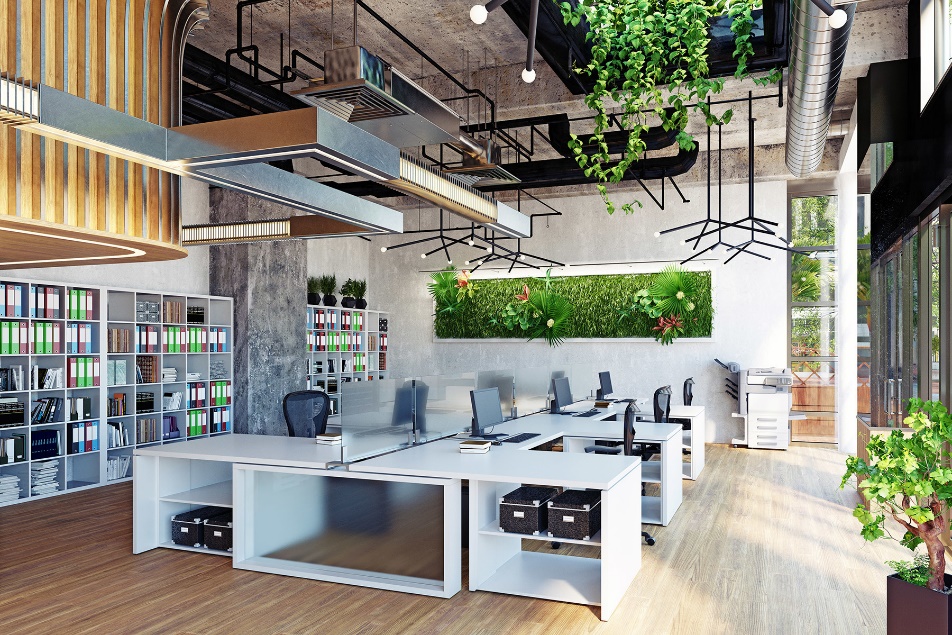
Integrating smart workplace designs and technology
Smart workplaces can collect/share data much better which helps companies to better understand when and how different spaces are being used. This has much more relevance at the moment with social distancing still a factor in workplace designs.
These include sensors and monitors for air quality and light levels; touchless doors and desk booking apps for a co-working space. By using the data collected, businesses can see how to make their working environments better, which in turn will improve culture and productivity levels.
How do you improve workplace culture through design?
No matter how well technology supports virtual working, face-to-face interactions and human connections have not lost their importance. If anything, their importance has been heightened, with widespread reports of workers’ mental health decline from the isolation of remote working.
Ensuring the culture of your business is open, friendly, and conducive to work will make it more attractive for your employees to integrate back into the workplace.
Consider the ergonomics of your workplace to improve employee engagement and well-being. Ensure your team have access to ergonomic seating, the right desking environment, and other factors such as sustainable materials, lots of natural light, green plants, and segregated and flexible workspaces.
Considered corporate design for your business
If you are a business owner or managing director and considering improving your team’s transition back into the workplace, talk to us today.
EDB are specialists in corporate design, fit outs and refurbishment. We turn existing workspaces, even empty spaces, into beautiful, functional, and future focused environments.
We are the main contractor and a central point of contact for your project, making it easier for you, so you can spend more time running your business. Working with EDB ensures your fit out project runs smoothly on time and is completed within budget.
Contact Paul or Jeni at 0161 631 2727 or email them at enquiries@eatockdesignandbuild.com to see how they can help.

